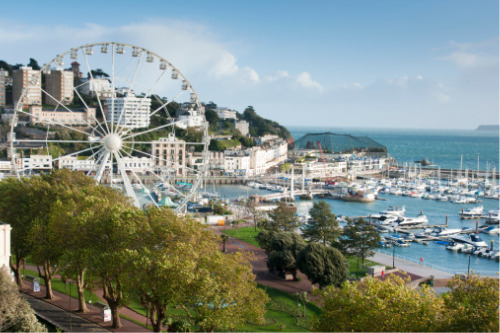As moneyed city dwellers flee to coastal towns, rates approach zero

The COVID-19 pandemic has created a property boom in coastal towns as wealthy city dwellers look to relocate to the seaside. This has been a boon for home sellers – but it’s creating real problems for renters as vacancy rates approach zero.
There are almost no rental homes available in many coastal regions, including Byron Bay, Newcastle and the gold Coast, according to a report by ABC News. Victoria’s Surf Coast, most impacted by the boom, has an official rental vacancy rate of zero.
The Surf Coast, an hour away from Melbourne, includes the towns of Torquay, Jan Juc and Anglesea. Its rental market is always tight during the summer season – but real estate agent Simon Bogdanov told ABC News that there has been a “staggering increase in property demand” over the last four months as Melbourne residents flee the city for coastal areas.
“The incoming enquiry levels and applications from prospective tenants wanting to make the sea change has been overwhelming at times for our rental team,” Bogdanov said. “Rentals are being snapped up in a matter of hours from being advertised. There is a 0% vacancy rate. The last time this happened was over 30 years ago.”
Read more: Home buying picks up in November – CBA
Real estate agent Kellie Papworth said that vacancy rates were also facing pressure from people who normally leased out their homes during the summer, but were not doing so during the pandemic.
“Residents were also not taking risks to buy investments or upsize or move around, therefore creating fewer leasing opportunities,” Papworth told ABC News. “We also saw a lot of tenants’ employment affected by inability to travel internationally and ski fields being closed, resulting in those tenants needing to find alternate accommodation quickly.”
The purchase market in coastal areas is also getting more competitive. Surf Coast houses sold for almost 6% more on average in December 2020 than they did a year earlier, according to data from CoreLogic. The boom has pushed the region’s average hose price over $1 million.



